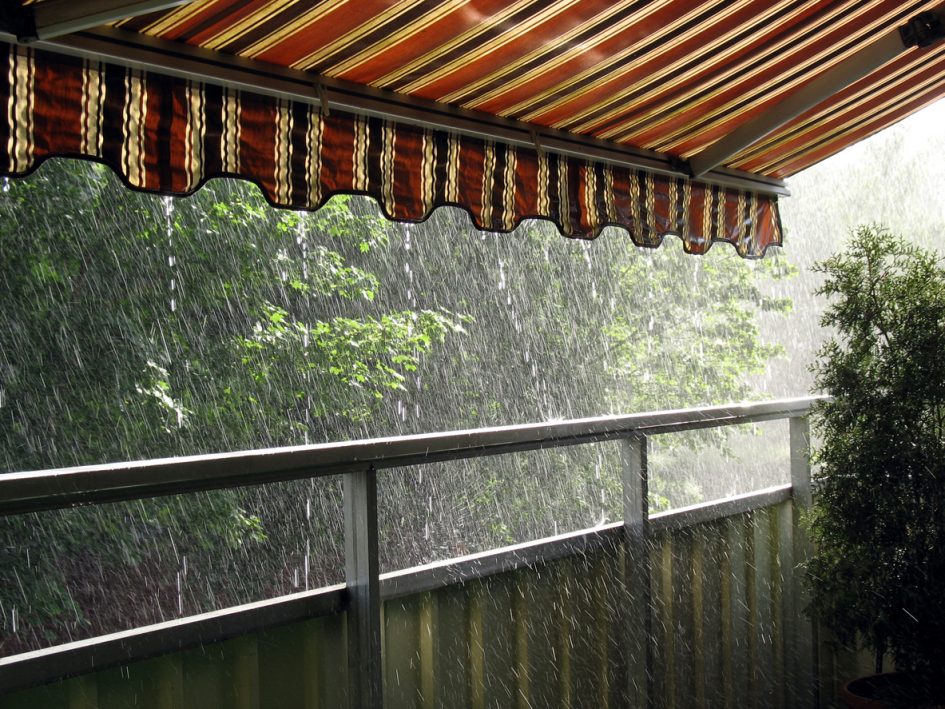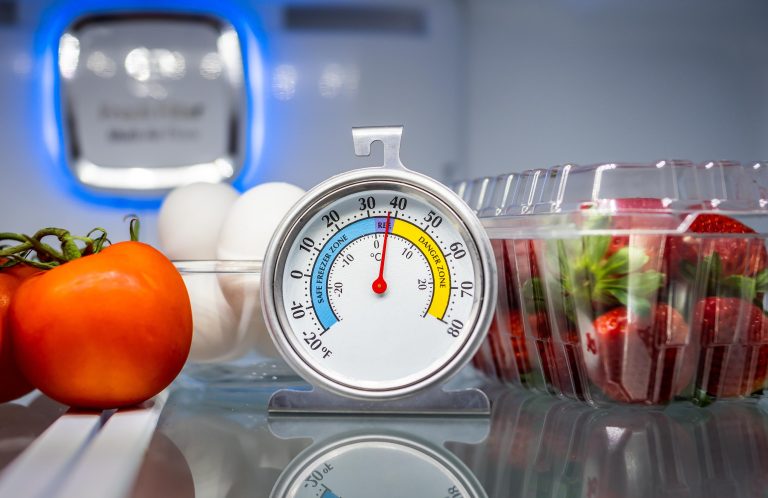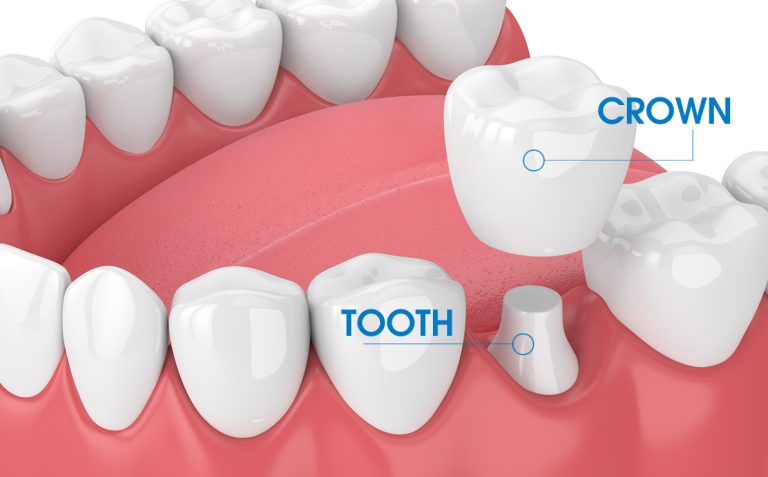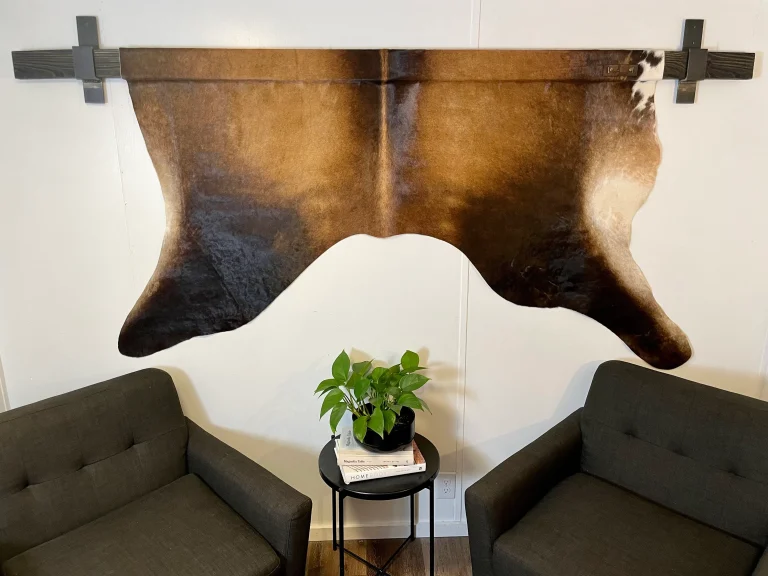Can Awnings Withstand Rain?
Awnings are a great way to add protection to your home, business, or outdoor area from the elements, especially the sun. But can awnings also withstand rain? The answer is yes. Awnings are designed to be waterproof and can easily handle a light shower or a downpour. The key is to make sure that the awning is properly installed and maintained. If you take the necessary steps to ensure your awning is secure and kept in good condition, it should provide reliable protection from the rain.
Definition of Awnings
Awnings are fixed structures, usually made of fabric, that are installed on the outside of a building or in a garden or patio area. They are designed to provide shade and protection from the weather. Many people use them to protect their outdoor furniture from the elements. However, the question remains, can awnings withstand rain?
To answer this, it is important to understand the different types of awnings and materials used. There are many different types of awnings available, including retractable awnings, aluminum awnings, and canvas awnings. Each type is designed to withstand different weather conditions and therefore provide different levels of protection. Retractable awnings are made of a lightweight material that is designed to be rolled up and down as needed. Aluminum awnings are more durable and designed to withstand the elements. Finally, canvas awnings are usually made of a thicker material and are designed to be waterproof.
When it comes to rain protection, the type of awning used is important. As mentioned, aluminum awnings are designed to be more resistant to the elements and can provide some protection from rain. Retractable awnings can also provide some protection, but they are less durable and may not be suitable in areas with heavy rainfall. Canvas awnings are the most suitable for protecting from rain, as they are designed to be waterproof and provide the best protection.
Overall, the answer to the question, can awnings withstand rain, depends on the type of awning used. Aluminum awnings can provide some protection but are best suited to areas with light to moderate rainfall. Canvas awnings are the best option for areas with heavy rainfall and are designed to be waterproof. Therefore, when choosing an awning, it is important to ensure that it is suitable for the weather conditions in your area.
Types of Awnings
Awnings can provide much-needed shade and protection from the sun, but can they withstand rain? The answer is yes–but only if you choose the right type of awning. Awnings can come in a variety of materials, each with its own unique set of advantages and disadvantages when it comes to rain resistance. Let’s take a look at some of the most popular types of awnings and how they fare in the rain.
Vinyl awnings are one of the most affordable and popular options for rain protection. They are lightweight, easy to install, and come in a variety of colors and sizes. Vinyl awnings are also resistant to water, making them an ideal choice for areas that experience frequent rain.
Fabric awnings are another popular choice for protection from the rain. They are lightweight, durable, and available in a range of colors, patterns, and styles. Fabric awnings are also water-resistant, making them a great choice for areas with frequent rain.
Aluminum awnings are a popular choice for permanent installations. They are durable, easy to maintain, and offer excellent protection from rain. Aluminum awnings are also available in a variety of styles and colors, so you’re sure to find one that fits your home’s aesthetic.
The type of awning you choose will depend on your budget, the climate in your area, and the look you’re trying to achieve. No matter which type you choose, you can rest assured that your awning will provide the protection you need from rain and other elements.
Advantages of Awnings
Awnings are a great addition to any home, providing shade and protection from the elements. But, one of the most important questions to ask is, can they withstand rain? As it turns out, the answer is yes. Awnings are made of durable materials designed to withstand rain, wind, and other weather conditions. In addition to being weather-resistant, awnings also provide several other benefits, such as energy efficiency and improved home security.
Awnings can help reduce cooling costs by providing shade to windows, which keeps the sun from heating up the interior of the home. This can lead to significant savings on energy bills. Additionally, awnings can provide an extra layer of security for your home. Awnings can prevent unwanted intruders from entering through windows and doors, helping to keep your family safe.
When properly installed and maintained, awnings are a great way to add style and protection to your home. They are available in a variety of materials and colors, so you can choose the perfect awning to match your home’s aesthetic. And, as previously mentioned, awnings can withstand rain, wind, and other weather conditions, making them a great option for all types of climates.
In conclusion, awnings are a great way to add style and protection to your home. They are designed to withstand rain and other weather conditions, and they can also provide energy savings and improved home security. So, if you’re looking for a way to add a bit of style and protection to your home, awnings may be the perfect solution.
Disadvantages of Awnings
in Rain
Awnings can provide shade and comfort to outdoor spaces during summer days. But what about when it rains? Can awnings withstand rain? The answer is not as straightforward as one might think. While awnings can provide some protection from rain, there are several disadvantages to using them in wet weather.
The first disadvantage is that awnings can be easily damaged by heavy rain. High winds can tear awnings, and the weight of rain can cause them to sag or collapse. When this happens, awnings must be replaced, which can be expensive. Additionally, if the fabric of the awning is damaged, it can be difficult to repair.
Another disadvantage is that rain can pool on awnings, creating a safety hazard. Standing water can be a breeding ground for pests, and can be dangerous if it falls onto people or objects below. Additionally, the weight of the water can cause the awning to sag and collapse.
Finally, awnings can be difficult to maintain in wet weather. Mildew and mold can form on the fabric of the awning, and the structure itself can rust if the metal is not sealed properly. This can lead to further damage and deterioration of the awning.
In conclusion, while awnings can provide some protection from rain, they do have several disadvantages. Heavy rain can damage the fabric and structure of the awning, and standing water can create a safety hazard. Additionally, awnings can be difficult to maintain in wet weather. Therefore, it’s important to consider all factors before installing an awning in a wet climate.
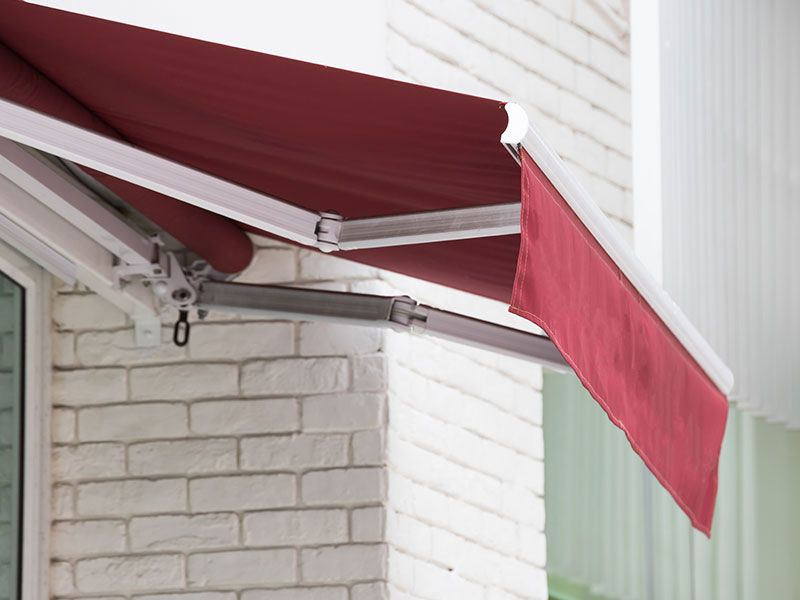
Impact of Rain on Awnings
Awnings are a great way to provide shade and protection from the elements. But in areas with frequent rain, one must ask if awnings can withstand the wet conditions. Rain can be a major challenge for awnings, as it can cause them to become damaged or even destroyed. To answer the question of whether awnings can withstand rain, let’s take a closer look at the impact of rain on awnings.
Rain can cause awnings to become soggy and heavy, which can place additional strain on their support structure. This can lead to damage to the awning the support structure, or both. Rain can also erode the material that an awning is made from, leading to tears, rips, and fading. In extreme cases, heavy rainfall can even cause the awning to collapse.
Fortunately, there are ways to protect awnings from the effects of rain. Installing an awning with a waterproof or water-resistant material is a good option. Additionally, it is important to keep awnings clean and dry, and to inspect them regularly for any signs of damage. If damage is detected, it is important to repair it as soon as possible to prevent further damage.
In conclusion, awnings can withstand rain, but they require additional measures to protect them from the elements. By choosing the right material and regularly inspecting and maintaining your awning, you can protect it from the effects of rain and extend its lifetime.
Effectiveness of Awnings in Withstanding Rain
Awnings are an attractive addition to any home, protecting from the sun and rain. But can they withstand heavy downpours? The answer is yes! Awnings are designed to provide shelter from the elements, and most are capable of withstanding rain and other precipitations.
Awnings are made from a variety of materials, including canvas, metal, aluminum, and vinyl. Each of these materials is designed to protect from rain in a different way. Canvas and metal awnings are designed to deflect rain and water away from the house, while aluminum and vinyl awnings can be treated with a protective coating that makes them resistant to water.
In addition, awnings are usually installed with a slight slope, which helps them shed water. This means that the heavy rain will slide off the awning instead of collecting and causing damage. Finally, many awnings are designed with drainage systems that help them quickly shed any water that accumulates.
These features all work together to make awnings highly effective at withstanding rain. However, it’s important to note that awnings may require maintenance over time, including cleaning and waterproofing. Regular maintenance can help extend the life of the awning and ensure that it continues to protect from the elements.
In conclusion, awnings can be highly effective at withstanding rain. By taking the time to choose a quality awning and maintain it properly, you can ensure that your awning will provide you with many years of protection from the elements.
Maintenance and Care of Awnings
The maintenance and care of awnings are paramount for ensuring they remain in good condition and can withstand the elements. Awnings can be damaged by wind, rain, and other extreme weather conditions, but the proper maintenance and care can help them to last for years. It is important to clean the awning regularly to avoid the buildup of dirt and grime which can damage the fabric. Additionally, inspecting the awning regularly can help detect potential damage early and make repairs before the damage becomes more serious. If there is an issue with the frame, make sure to fix it immediately. It is also important to check for signs of wear and tear to the fabric, such as fraying, discoloration, and tears. If it is necessary to replace the fabric, make sure to use one that is designed for outdoor use to ensure it can withstand the elements. Lastly, if the awning is used for shading, make sure to retract it during high winds and heavy rain to avoid causing unnecessary damage to the structure. With the right maintenance and care, awnings can last for many years and will withstand rain and other weather conditions.
Cost of Awnings and Their Durability
Awnings are becoming increasingly popular as an exterior design element for homes and businesses. They offer protection from the sun, rain, and wind, while also adding a unique aesthetic to the property. But awnings come with a cost, and it’s important to understand how much they cost and how long they last. This article will explore the cost of awnings, their durability, and how you can maximize their lifespan.
When it comes to cost, awnings can range from inexpensive to expensive, depending on the material and style. Vinyl awnings are usually the most affordable option, while aluminum and canvas awnings may cost a bit more. It’s important to keep in mind that the cost of installation should also be factored into the overall cost of the awning.
When it comes to durability, awnings can generally withstand rain, wind, and sun. However, the type of material used will have a significant impact on the lifespan of the awning. Vinyl awnings are usually the most durable, but even they can start to show signs of wear and tear over time. To maximize the lifespan of your awning, it’s important to keep it clean and regularly inspect it for any signs of damage.
Overall, awnings can be a great addition to any home or business. They offer protection from the elements, while also adding a unique aesthetic to the property. However, the cost and durability of awnings should be taken into consideration before making a purchase. With proper maintenance, awnings can last for years, making them an excellent investment.
FAQs About the Can Awnings Withstand Rain?
What types of awnings can withstand rain?
Awnings made of vinyl, metal, and canvas are all designed to withstand rain.
How often should I check my awning to make sure it is still waterproof?
It is recommended to inspect your awning regularly for signs of wear and tear, especially after periods of heavy rain.
What should I do if my awning is not waterproof?
If your awning is not waterproof, you should immediately have it checked out by a professional to determine the cause and the best course of action.
Conclusion
Awnings can withstand rain but the material of the awning and the way it is installed can affect its ability to do so. Awnings made from waterproof materials such as canvas or vinyl will be able to withstand rain better than those made from other materials. Proper installation and maintenance are also important for awnings to withstand rain. If you are looking to purchase an awning for your home or business, it is important to ensure that it is made from waterproof material and that it is properly installed and maintained.

